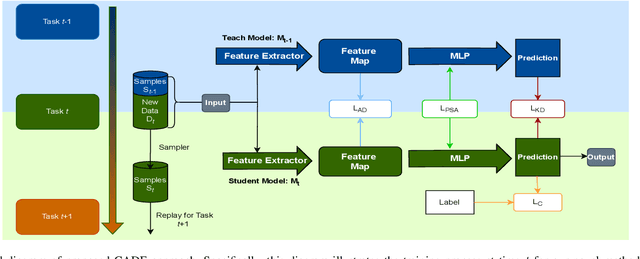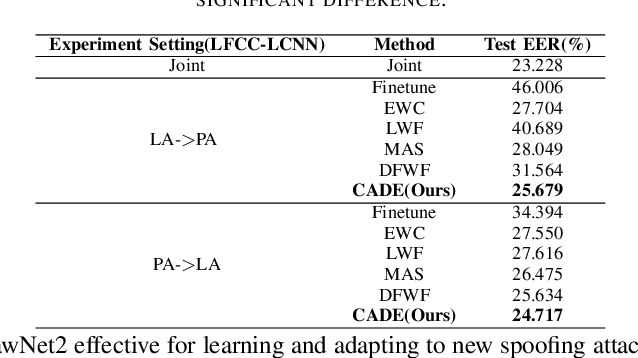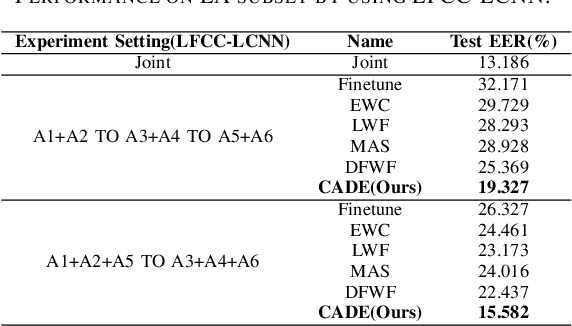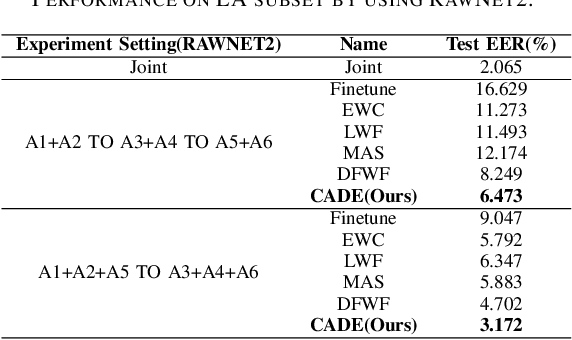Qingchen Tang
Prototype-Based Image Prompting for Weakly Supervised Histopathological Image Segmentation
Mar 15, 2025Abstract:Weakly supervised image segmentation with image-level labels has drawn attention due to the high cost of pixel-level annotations. Traditional methods using Class Activation Maps (CAMs) often highlight only the most discriminative regions, leading to incomplete masks. Recent approaches that introduce textual information struggle with histopathological images due to inter-class homogeneity and intra-class heterogeneity. In this paper, we propose a prototype-based image prompting framework for histopathological image segmentation. It constructs an image bank from the training set using clustering, extracting multiple prototype features per class to capture intra-class heterogeneity. By designing a matching loss between input features and class-specific prototypes using contrastive learning, our method addresses inter-class homogeneity and guides the model to generate more accurate CAMs. Experiments on four datasets (LUAD-HistoSeg, BCSS-WSSS, GCSS, and BCSS) show that our method outperforms existing weakly supervised segmentation approaches, setting new benchmarks in histopathological image segmentation.
Advancing Continual Learning for Robust Deepfake Audio Classification
Jul 14, 2024



Abstract:The emergence of new spoofing attacks poses an increasing challenge to audio security. Current detection methods often falter when faced with unseen spoofing attacks. Traditional strategies, such as retraining with new data, are not always feasible due to extensive storage. This paper introduces a novel continual learning method Continual Audio Defense Enhancer (CADE). First, by utilizing a fixed memory size to store randomly selected samples from previous datasets, our approach conserves resources and adheres to privacy constraints. Additionally, we also apply two distillation losses in CADE. By distillation in classifiers, CADE ensures that the student model closely resembles that of the teacher model. This resemblance helps the model retain old information while facing unseen data. We further refine our model's performance with a novel embedding similarity loss that extends across multiple depth layers, facilitating superior positive sample alignment. Experiments conducted on the ASVspoof2019 dataset show that our proposed method outperforms the baseline methods.
 Add to Chrome
Add to Chrome Add to Firefox
Add to Firefox Add to Edge
Add to Edge